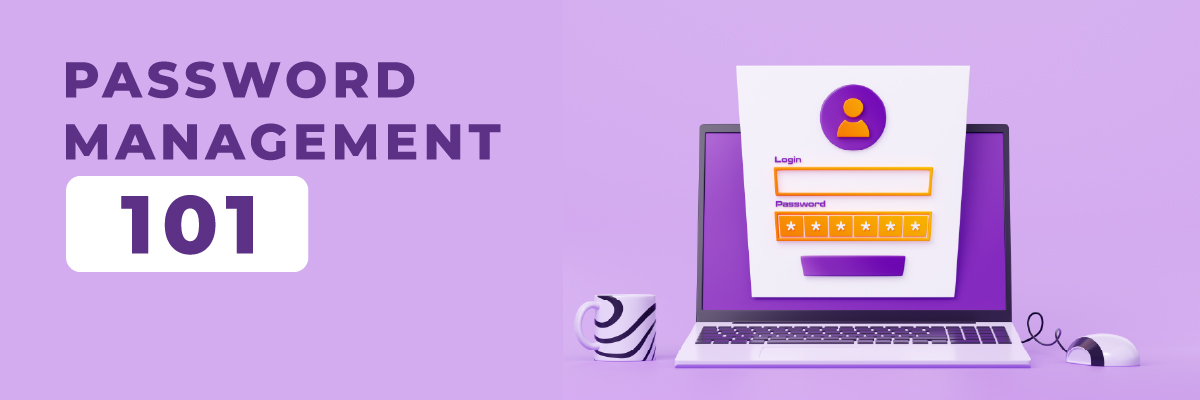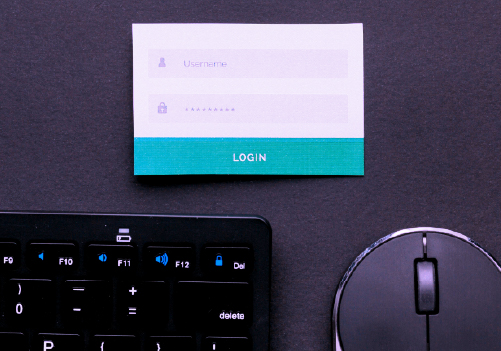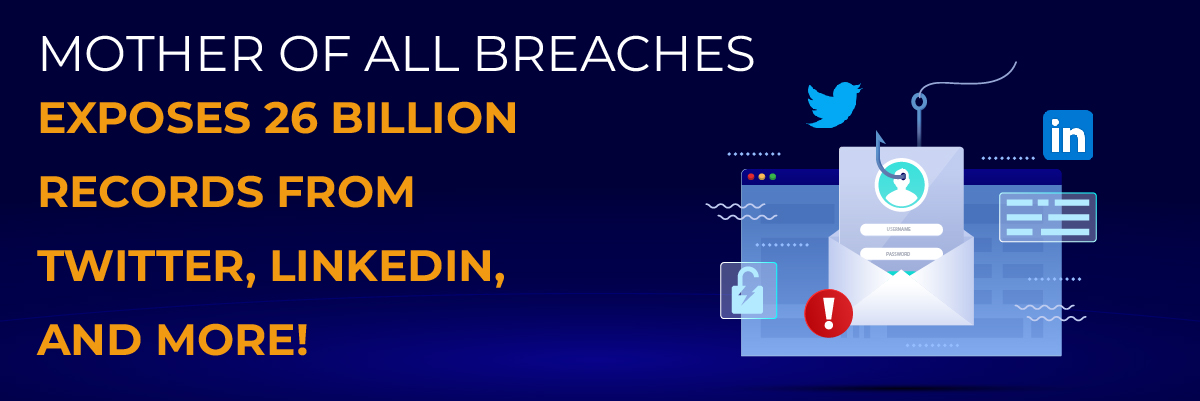The Risks of Using Weak Passwords
In an age where cyber threats loom large and data breaches are all too common, the importance of strong passwords cannot be overstated. Weak passwords are like leaving the front door of your digital life wide open to malicious actors. The consequences- website takeover, legal repercussions, and reputation damage are significant. In this blog, we’ll explore the risks posed by weak passwords, examine the current state of password security, and provide actionable tips on fortifying your digital security. Understanding these risks and adopting strong password practices can protect your personal and professional information, guarding against cyber threats and minimizing the potential legal and reputational fallout from compromised accounts.
Risks of Weak Passwords
1. Unauthorized Access
One of the most immediate risks of weak passwords is unauthorized access to your accounts. Whether it’s your email, social media, or online banking, a weak password can easily be cracked by automated tools or determined attackers. Once inside, cybercriminals can wreak havoc by stealing sensitive information, impersonating you, or conducting fraudulent activities under your name.
2. Data Breaches
Weak passwords often result in data breaches. Hackers routinely exploit weak credentials to gain unauthorized access to databases containing sensitive information. From personal details to financial records, the fallout from a data breach can be catastrophic for individuals and organizations alike, leading to reputational damage, financial loss, and legal consequences.
3. Identity Theft
Through obtaining access to your accounts, cybercriminals can not only steal your identity, but they open lines of credit, make fraudulent purchases, and even commit crimes in your name. The aftermath of identity theft can be a nightmare to unravel, often involving months or years of painstaking effort to restore your reputation and financial standing.
The State of Password Security
Current Password Habits
Studies show that many internet users still rely on weak passwords. In a recent survey conducted by BeyondTrust Report, it was found that over 30% of respondents admitted to using passwords such as “123456” or “password.”
Frequency of Data Breaches Due to Weak Passwords
According to the findings of Verizon’s 2022 Data Breach Investigations Report, a staggering 81% of data breaches related to hacking can be attributed to either weak or stolen credentials and passwords written down or stored electronically. This highlights the critical role that password security plays in safeguarding sensitive information from cyber threats.
Impact of Data Breaches on Individuals and Organizations
The consequences of data breaches can be devastating, both for individuals and organizations. In addition to financial losses and legal liabilities, data breaches erode trust and damage reputations. As reported by IBM, the average worldwide expense of a data breach in 2023 amounted to $4.45 million, marking a 15% rise compared to the preceding three years. This figure represents the highest recorded cost to date, underscoring the importance of robust security measures, including strong passwords.
How to Strengthen Your Security
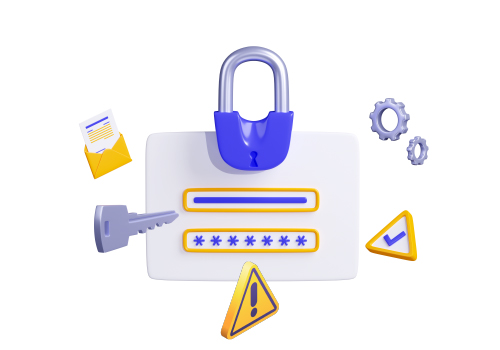 1. Use Complex Passwords
1. Use Complex Passwords
The first line of defense against cyber threats is a strong, complex password. Avoid easily guessable phrases, such as “password123” or “123456,” and instead opt for a combination of uppercase and lowercase letters, numbers, and special characters. The longer and more random your password, the harder it is for attackers to crack.
2. Enable Two-Factor Authentication (2FA)
Two-factor authentication (2FA) adds an extra layer of security to your accounts by requiring a secondary verification form, such as a code sent to your phone or email. Even if an attacker manages to obtain your password, they would still need access to your secondary device to gain entry, significantly reducing the risk of unauthorized access.
3. Utilize Password Managers
Managing complex passwords for multiple accounts can be daunting, which is where password managers come in handy. These tools securely store your passwords and automatically fill them in when needed, eliminating the need to remember or write down passwords. With features like password generation and encryption, password managers are indispensable for maintaining robust security practices. Examples- Norton, Bitwarden, and 1Password. You can also use a password strength checker online.
4. Regularly Update Passwords
Although this is a hassle, periodically changing your passwords adds another layer of security by invalidating any compromised credentials. Make it a habit to update your passwords every few months, especially for critical accounts like email and banking. Additionally, avoid reusing passwords across multiple accounts, as this increases the risk of a domino effect in case one account is breached.
5. Educate Yourself and Others on Password Security
Knowledge is power when it comes to cybersecurity. Educate yourself and others on the importance of strong passwords, the risks of weak credentials, and best practices for maintaining digital security. By raising awareness and fostering a culture of vigilance, we can collectively thwart cyber threats and protect ourselves from harm.
Why are Passwords Still a Problem in 2024?
Passwords remain a problem in 2024 due to weak password vulnerability. Many users still create easy-to-guess passwords, leading to significant cyber security risks for businesses. Despite advances in security measures, human error persists, with passwords often being reused across multiple accounts. This increases the likelihood of breaches. Even with password managers and enhanced encryption, the fundamental weaknesses of passwords continue to expose organizations to hacking and data theft. Implementing stronger security measures like multi-factor authentication and promoting better password practices are essential to mitigate these ongoing risks.
Most Common Attack Techniques for Compromising Passwords
Threat actors use various techniques to steal users’ passwords, particularly those created using insecure password practices. Let’s explore some of the most common methods and strategies attackers employ to achieve unauthorized access.
Password Cracking Tools
Attackers utilize password cracking tools with diverse strategies and algorithms to gain access to passwords. These tools present significant password security risks. There are three main types of password cracking attacks:
- Dictionary attack: In this method, attackers use standard dictionaries to guess the target password, attempting lists of common words and phrases from different dictionaries.
- Brute force attacks: These involve trying every possible combination of user passwords or passphrases until the correct one is found.
- Hybrid attack: This technique combines dictionary and brute force attack methods to discover the correct password or passphrase.
Additionally, attackers often use phishing schemes to trick users into divulging their passwords, further compromising password security.
The Anatomy of a Weak Password
Weak passwords serve as a gateway for cybercriminals to wreak havoc on your digital life, leading to devastating consequences such as data theft, account hijacking, and compromised privacy. Let’s dissect the components of a weak password and explore the risks associated with them:
- Simple and Common Patterns: Passwords that consist of easily guessable patterns, such as “123456” or “password,” are like an open invitation to cybercriminals. They can swiftly exploit such predictable sequences through password-guessing attacks, gaining unauthorized access to sensitive accounts and data.
- Lack of Complexity: Weak passwords often lack complexity, comprising solely of lowercase letters or numbers. Without a combination of uppercase letters, numbers, symbols, and varying character lengths, they become vulnerable to brute-force attacks, allowing cybercriminals to systematically crack them and compromise security.
- Personal Information: Passwords derived from easily accessible personal information, such as birthdays, pet names, or family members’ names, pose a significant risk. Cybercriminals can exploit this information to guess passwords and perpetrate account hijacking, leading to unauthorized access and potential data theft.
- Reusing Passwords Across Multiple Accounts: Using the same password across multiple accounts is a recipe for disaster. In the event of a data breach, cybercriminals can leverage compromised credentials to access other accounts, amplifying the risk of data theft and compromising overall digital security.
Conclusion
The stakes couldn’t be higher. Weak passwords serve as open invitations to cybercriminals, inviting unauthorized access, data breaches, and identity theft. However, there is hope amidst this vulnerability. By embracing robust security practices and leveraging the expertise of trusted partners like Protected Harbor, we can navigate the digital realm with confidence.
Protected Harbor stands as a beacon of excellence in Managed Service Providers (MSPs) and cybersecurity, offering comprehensive solutions to fortify our defenses. With features such as advanced threat detection, proactive monitoring, and 24/7 support, Protected Harbor empowers individuals and organizations to stay ahead of emerging threats and protect what matters most.
Let us help you fortify your defenses, and safeguard your digital assets to embrace the future where cybersecurity is not a luxury but a necessity.
Ready to take your cybersecurity to the next level? Partner with Protected Harbor today and embark on a journey towards enhanced protection and peace of mind.
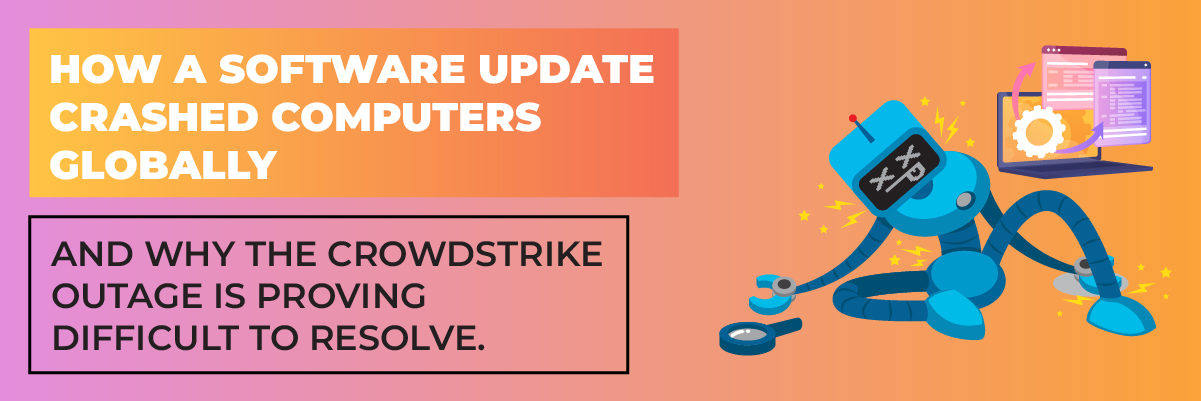
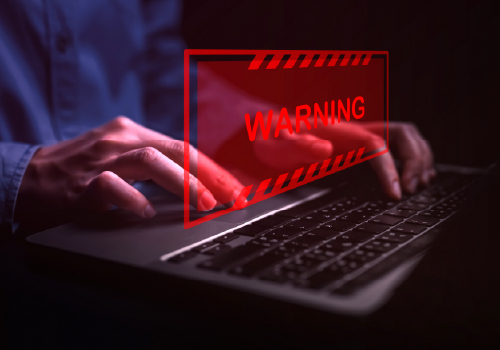

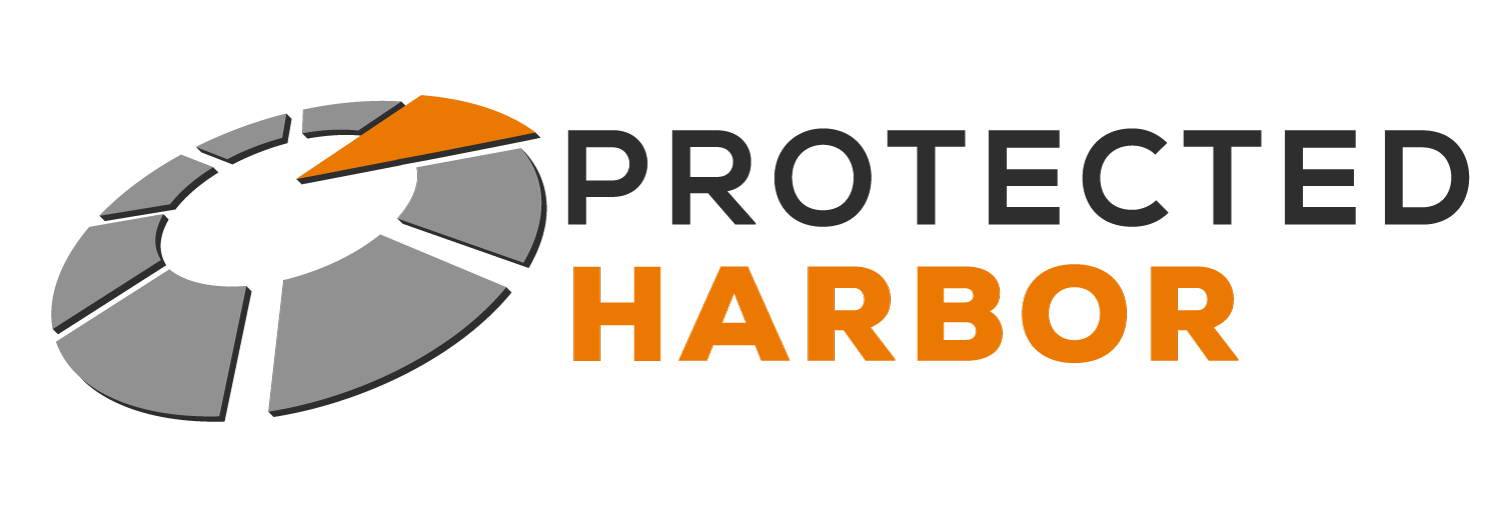
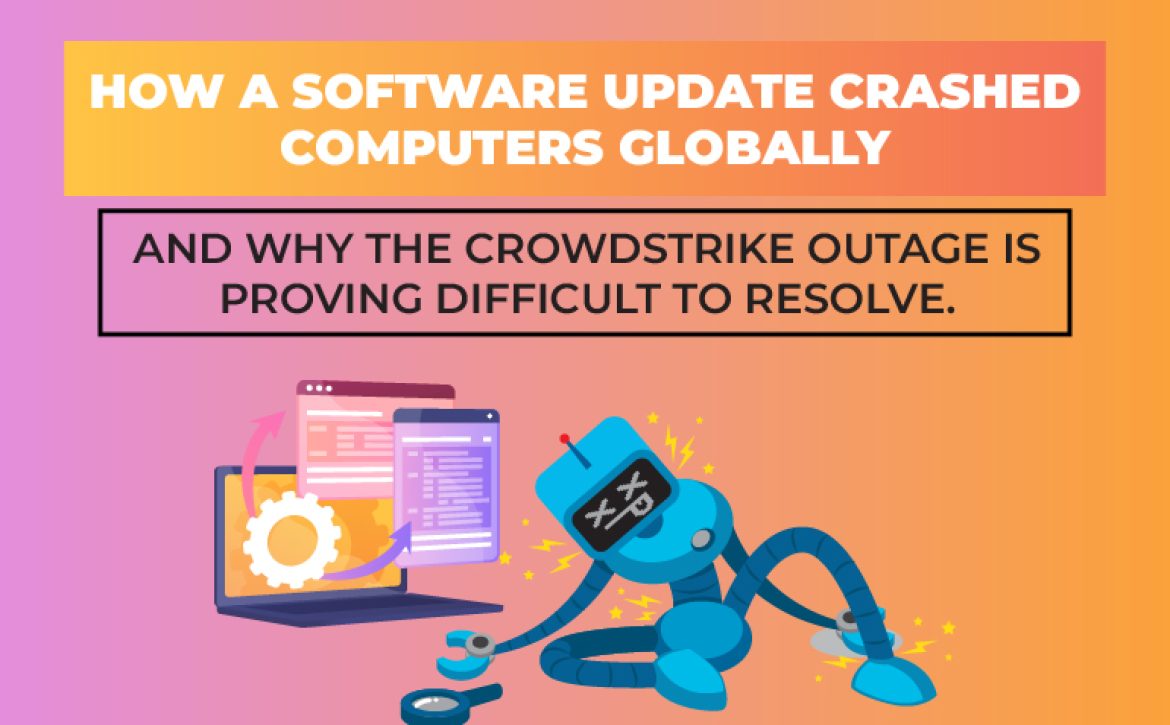

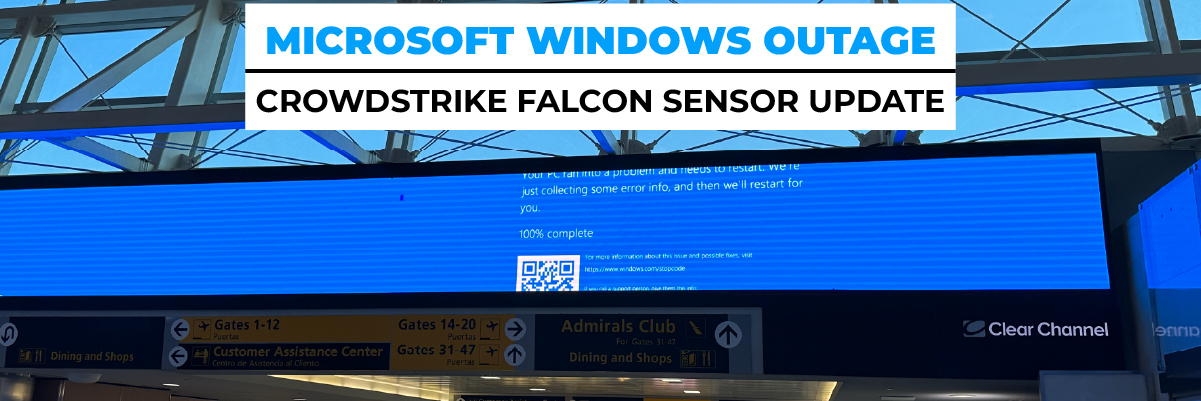

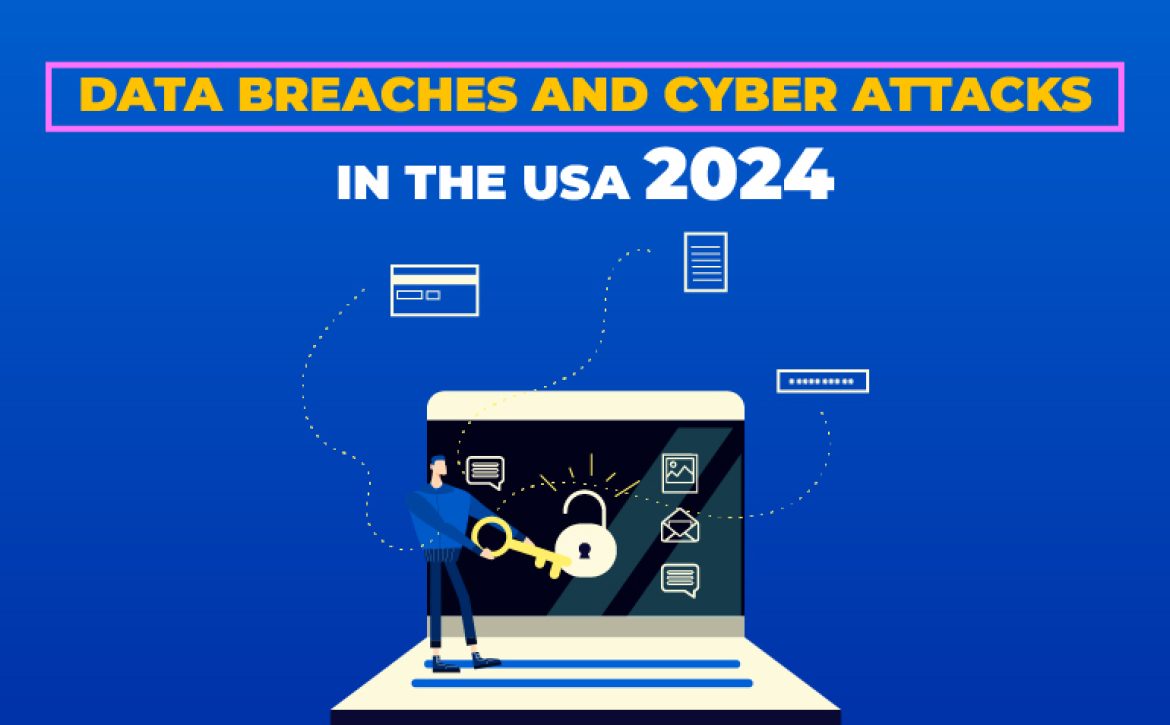
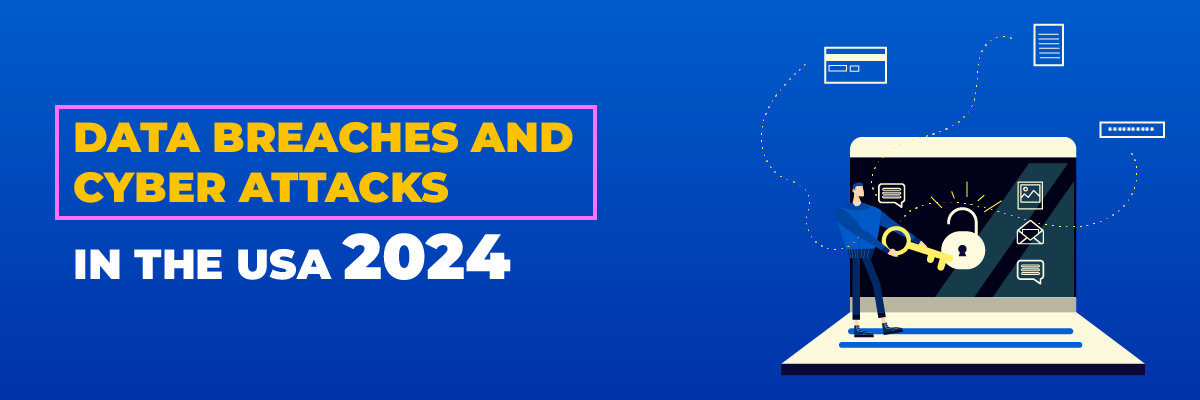
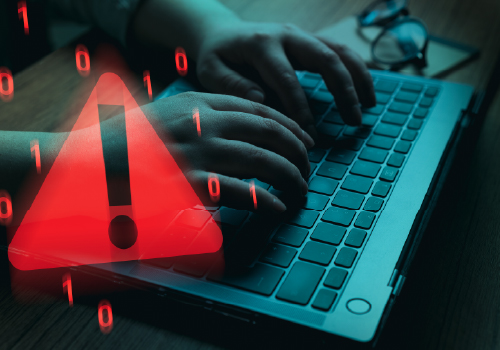


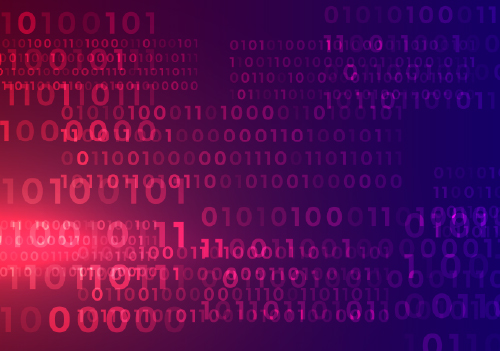 A Real Life Scenario
A Real Life Scenario
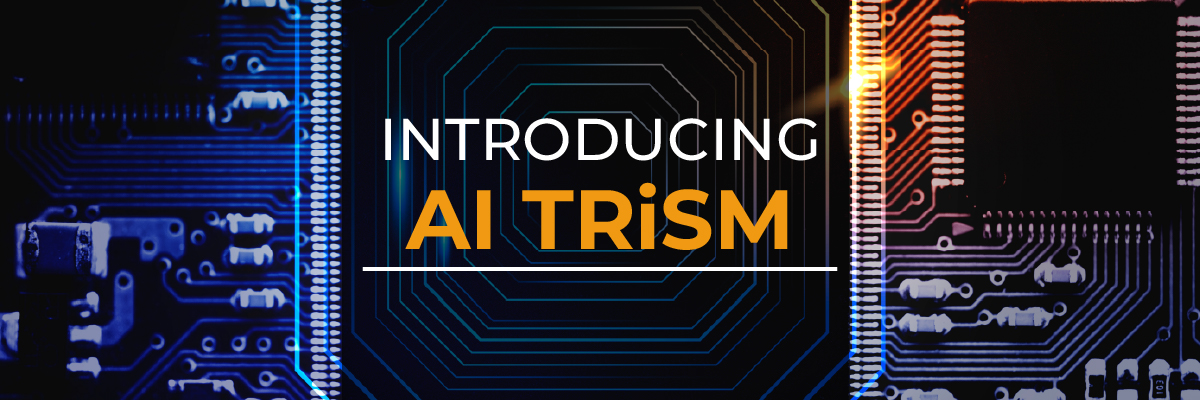
 Future Trends and Challenges in AI TRiSM
Future Trends and Challenges in AI TRiSM






